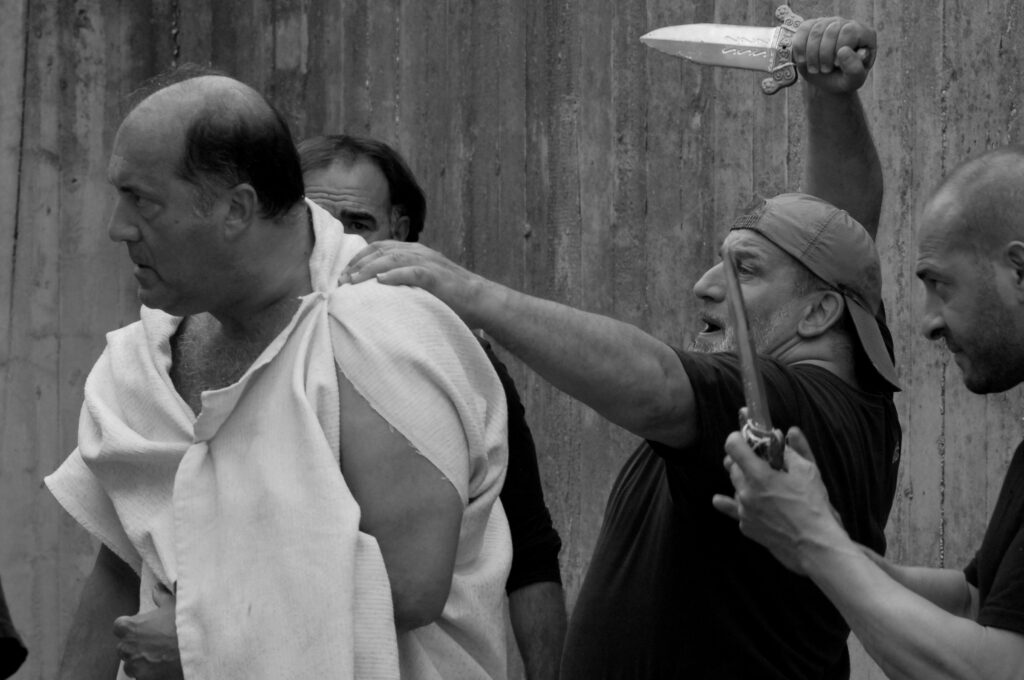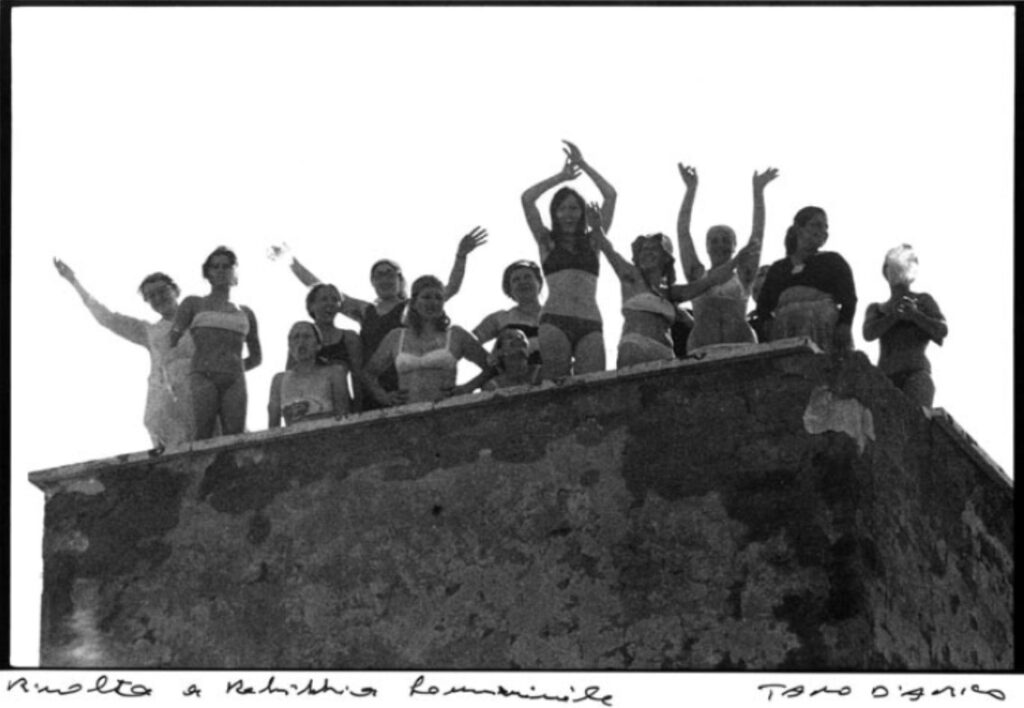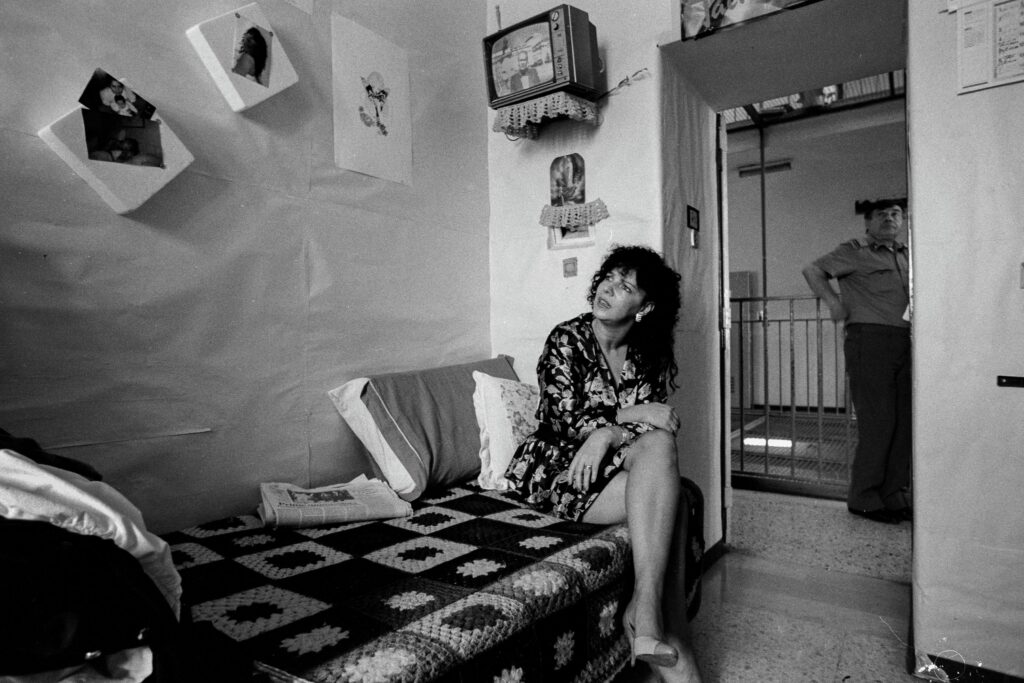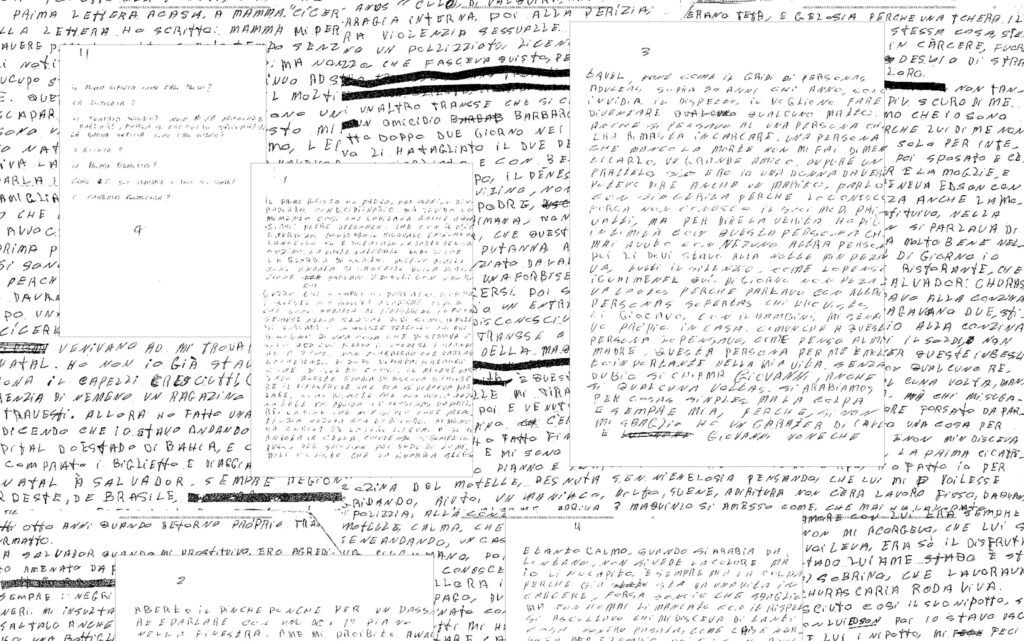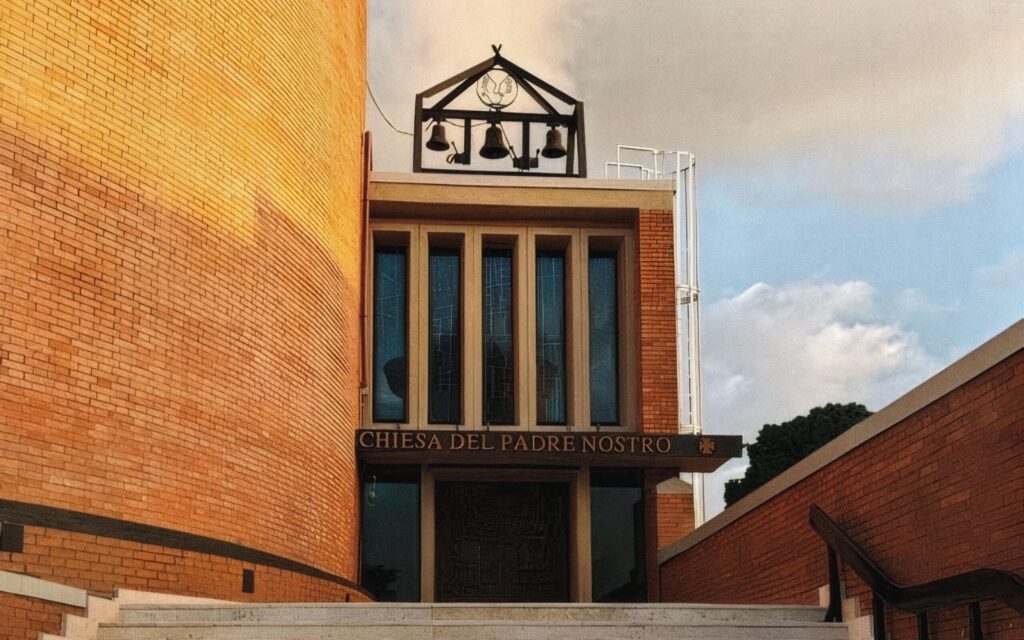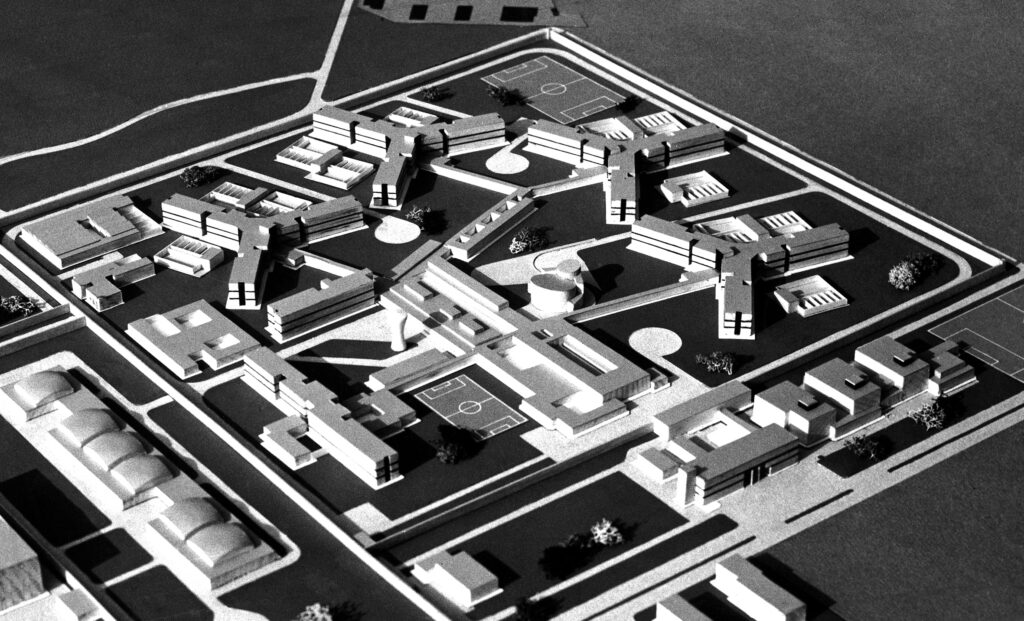The Temple: Symbol and Dream of a City

When someone mentions the San Siro stadium, they never refer only to the San Siro stadium. It’s never just about the stands, matches, or concerts. Mentioning San Siro always conveys something deeper, more intense, and meaningful—something that the name itself, so solemn, serves to amplify. It’s like an evocation. Almost no one, in fact, calls it the Giuseppe Meazza Stadium. For journalists at La Gazzetta dello Sport, it was even prohibited. San Siro had to remain San Siro, always and only, even at the risk of sounding repetitive. Because San Siro instantly evokes magic, aura, and magnetism.
The only possible variation is reserved for the most devoted fans, who moved by an irresistible call on game day, agree to meet at the Temple. Like the Puja rituals for Hindus, the acts of worship in temples, fans arrive at San Siro to offer their prayers and sing sacred chants in a liturgy that begins with the procession to the stadium and ends as they leave it behind. Some even take the mysticism surrounding San Siro literally, as the parents who, since 1983, have chosen to have their children confirmed on the pitch of that Temple, watching from the stands as the bishop, standing at the centre of the pitch in his red robe, offers them the sacrament.

The imprinting happens during the very first encounter. In a famous article ranking the best stadiums in the world, published in The Sunday Times in 2009, journalist Tony Evans described the epiphanic effect induced by San Siro as follows: «The first time you see the Giuseppe Meazza stadium, it is impossible not to gasp. Lit up, it looks like a spaceship set down in suburban Milan». The sensationalism of this comparison is effective and aptly conveys the powerful impact of encountering San Siro, but not its true essence. San Siro has no alien connotations, nothing particularly distant or unfamiliar. In its austere grandeur, it is warm and empathetic; its magnificence embraces you in a gentle grip.
It’s truly impossible to forget the first time. You might fail to recall the occasion, the day, or the year, but the sensory upheaval that overwhelms you as soon as you step into its womb stays with you, and it has the same essence for everyone—football lovers and novices, devotees and occasional visitors alike. This was also true for those who, in 2005, passed through the gates of San Siro, not for a football match or a concert, but to take part in the Domus Circular, the Fuorisalone event through which Stefano Boeri transformed the stadium into a cultural space that hosted artists of all kinds, from Matthew Barney to Jimmie Durham, Alejandro Jodorowsky, and Enzo Mari. Even when dressed as an artistic arena, the genius loci of San Siro remains vivid and unmistakable, its echo reverberating every time you set foot inside.
Fans arrive at San Siro to offer their prayers and sing sacred chants in a liturgy that begins with the procession to the stadium and ends as they leave it behind.
Everything is deeply distinctive: its roar after a goal is unlike any other, different from the explosions of sound in stadiums around the world. It has a resonance that every regular would recognise among millions, just like the muffled sound of its silences or the buzzing murmurs during its most tense moments. San Siro is a living entity, one that has forged its identity through osmosis, absorbing the full spectrum of emotions, feelings, and sensations that have passed through it over nearly a century of history—from the players on the pitch to those in the stands. This constant exchange has shaped the magma of its essence. At San Siro, everything is amplified and experienced to the extreme. The accounts of those who were present, for instance, during that unforgettable Champions League semifinal between Inter and Milan in 2003, sound like the testimonies of people who lived through an extreme experience. In the final ten dramatic minutes, the atmosphere was torn apart by two brutal and opposing forces. On one side, pure terror—Milan fans silenced and frozen in place. On the other, determined hope—Inter fans unleashing screams that seemed to rise from the depths of the abyss: primal, beastly cries that literally made the stadium tremble. It was as if the fans, with their hands, were trying to shake a human being.
What often drives San Siro into this adrenalised state are the Curva Nord and Curva Sud, two of Italy’s longest-standing organised supporter groups, and by extension, Europe. During the years of the ultras movement’s greatest expansion, these groups were seen as models, exporting a blueprint that had developed early within Italian borders. With their passion, folklore, aesthetics, and flair for spectacle, they have, for over fifty years, endowed San Siro with its incendiary character. When combined with the stadium’s monumental majesty, this energy amplifies its ecstatic power. In such an opulent setting, every event becomes a sublime performance, even when it burns so brightly that it begins to erode the boundaries of civility—when San Siro transforms into an arena. Its battles and excesses become symbols, marking moments of transition and change.

This is why the motor scooter thrown into the stands by Inter fans in 2001 was not merely a crude act of vandalism but a ritual sacrifice. Or why Rui Costa and Marco Materazzi, standing side by side during the 2005 Euroderby as San Siro figuratively burned amidst the dense cascade of flares onto the pitch, became one of the most romantic and iconic images in football history. As happens in very few places, San Siro has the power to transform everything into an epic. It both creates and attracts it. Where else could Roberto Baggio have played the final game of his career? In what other stadium could his legend have been celebrated and laid to rest? San Siro is, therefore, a Temple—the womb of a vibrant, pulsing entity that doesn’t draw from our unconscious but from the very fabric of our desires.
San Siro is a living entity, one that has forged its identity through osmosis, absorbing the full spectrum of emotions, feelings, and sensations that have passed through it over nearly a century of history.
A dream shared with hundreds of thousands of strangers, capable of transcending eras and generations. Inter fans dreamed when Jair da Costa scored against Benfica, securing the Champions League in 1965; Milan fans dreamed as they delivered a historic 5–0 victory against Real Madrid in 1989; and the 60,000 spectators who awaited the decisive punch with which Duilio Loi would knock Puerto Rican Carlos Ortiz to the mat in the eleventh round of their 1960 world boxing title match also dreamed. The dream continued with fans who, on June 27, 1980, travelled from all over Italy to attend Bob Marley’s concert—the first ever held at San Siro. And it lives on in the countless people who, for over thirty years, have welcomed Vasco Rossi like a paternal deity to what has become a home for gathering and celebrating this shared familial ritual.
But San Siro is also the dream of a country—Italy—that paraded in front of the world during the inaugural ceremony of Italia ‘90, the tournament of the magical nights that began with a tribute to Italian fashion in a San Siro freshly renewed by the addition of the roof and the third tier. This fashion, which shaped an entire imaginary—and thus a dream—was also embodied in the shirts worn by Milan and Inter legends, marking and continuing to mark eras and unforgettable moments. For almost a century, San Siro has been the custodian of the dreams of millions of people, whose hopes blend and mix, each time fueling its spirit.
There are very few places where you can still dream with such innocence. In a city that is increasingly cerebral and mannered, San Siro stands as one of the last outposts where it’s allowed to lose yourself, transcend, be moved, or even struggle without restraint or pretence alongside tens of thousands of people with whom you feel a deep connection. A stadium that has preserved the ability to transport you back to another stadium—childhood—and the vivid dreams that belong to it. It stands there, majestic and imposing, in the lunar space of the eponymous neighbourhood. During the week, it welcomes the placid hum of tourists, while the city is preoccupied with its daily errands, immersed in the nuisance of routine that finds solace in anticipation. San Siro remains a presence in the background; even when it’s not visible, it is there. You can feel it. Then game day arrives, and that shadow takes form, bringing to life the dreams of its devotees.


